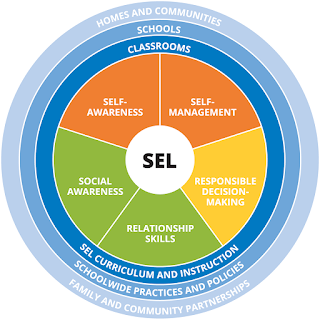I promise no one grows up dreaming of being a school psychologist. Well, maybe the children of school psychologists do (we actually have a staff member who can vouch for that) but I know I certainly didn’t. Something about a car so full of test kits that you can’t fit your groceries in it doesn’t scream “dream job,” but somehow it is. So what is school psychology? I would describe school psychology as the perfect marriage between psychology and education. School psychologists are trained in mental health, child development, learning styles, behavior, and intervention planning. Sure, we do a lot of assessment, report writing, and paperwork but, believe it or not, all of those things can be fun. Assessing a child is like putting together a puzzle of how a kid learns best, helping them see their strengths, and identifying where they struggle. With that in mind, school psychologists assess for a number of academic and behavior...










